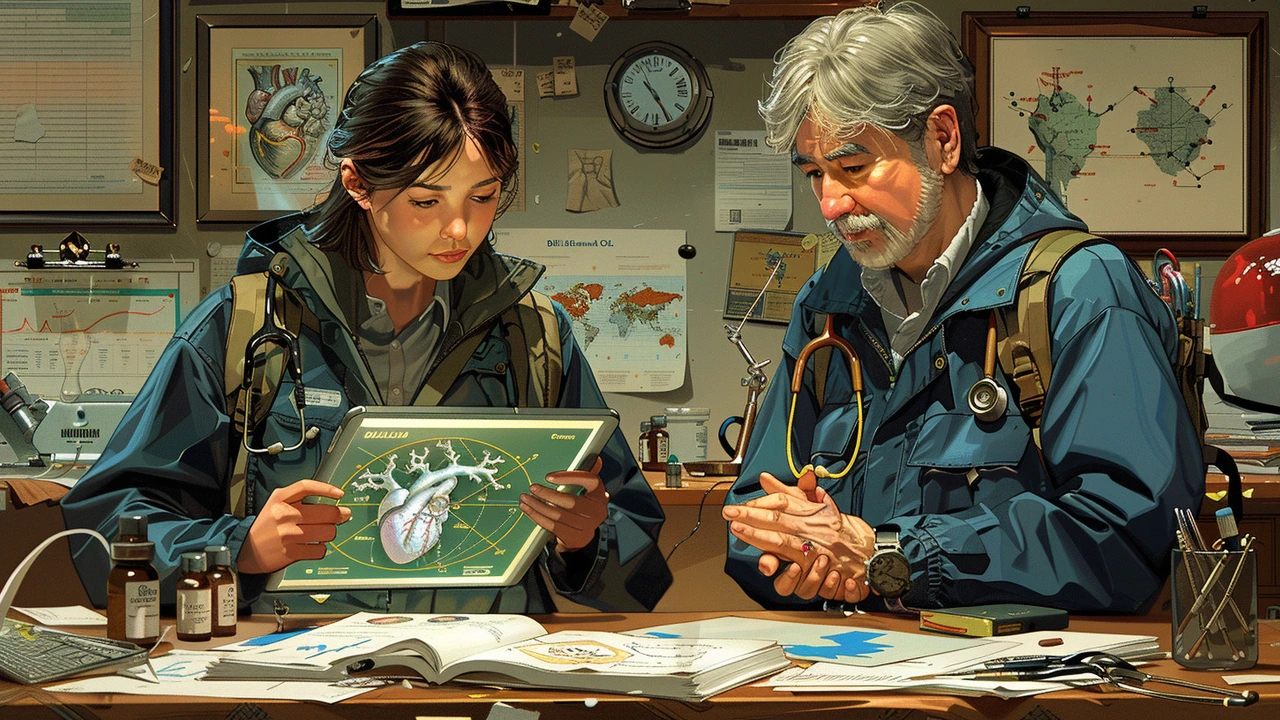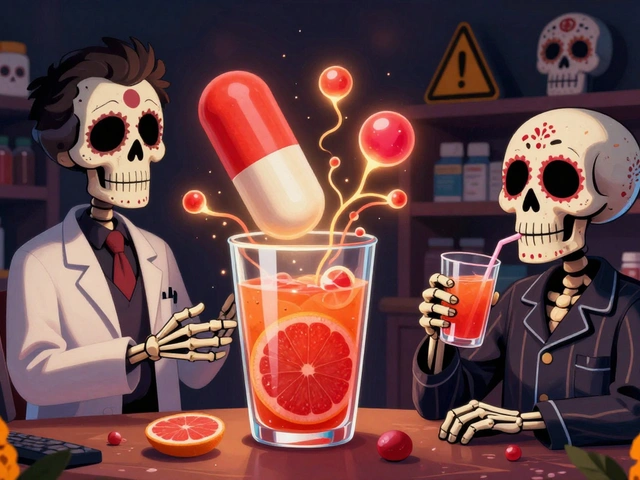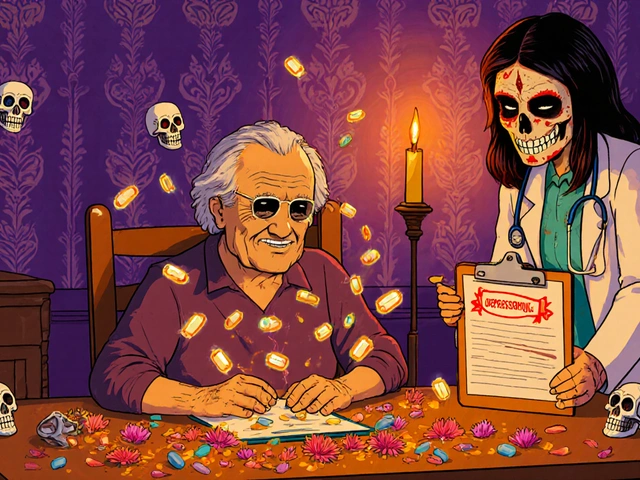Hypertension Treatment: How to Lower Blood Pressure Right Now
High blood pressure is common, but small changes can cut your risk for heart attack, stroke, and kidney damage. This page gives clear, practical steps you can use today—what medicines do, which lifestyle moves matter most, and when to get help from a clinician.
Medication options
Doctors choose drugs based on your age, other conditions, and how high your blood pressure is. Common classes include:
- ACE inhibitors (like lisinopril): lower blood pressure and protect the kidneys. Watch for cough or swelling.
- ARBs (like losartan): similar to ACE inhibitors but with less cough. Good for patients who can’t tolerate ACE drugs.
- Thiazide diuretics (like hydrochlorothiazide): cheap and effective. Check electrolytes and kidney function periodically.
- Calcium channel blockers (like amlodipine): work well in older adults and certain ethnic groups. They can cause ankle swelling.
- Beta-blockers (like metoprolol): useful when there’s heart disease or fast heart rate. Not always first choice for simple high blood pressure.
Many people need two medicines. Combination pills can make taking meds easier. Stick to the schedule—skipping doses is a common reason treatment fails. Your doctor will usually monitor blood tests (kidney function, potassium) after starting or changing medicines.
Everyday steps to lower BP
These lifestyle changes often reduce medication needs and improve overall health:
- Cut sodium: aim for under 2,300 mg/day, and under 1,500 mg if you have high risk. That means fewer processed foods and less added salt.
- Follow the DASH-style eating plan: more vegetables, fruit, whole grains, lean protein, and low-fat dairy.
- Move more: 30 minutes of moderate exercise most days helps. Brisk walking, biking, or swimming count.
- Lose excess weight: even 5-10% weight loss can meaningfully lower blood pressure.
- Limit alcohol and quit smoking: both raise blood pressure and harm the heart.
- Manage stress: short daily habits—deep breathing, a walk, or a few minutes of meditation—reduce spikes in pressure.
Home blood pressure monitoring makes a big difference. Use a validated upper-arm cuff, record readings, and bring them to appointments. Targets vary, but many adults aim for under 130/80 mmHg when tolerated. Your clinician will set a personalized goal based on your health.
Ask about secondary causes if your blood pressure is very high despite treatment—sleep apnea, thyroid disease, certain medicines, or kidney problems can be drivers. Pregnancy requires special care; some blood pressure drugs are unsafe and providers use specific alternatives.
Seeking urgent care: severe headache, chest pain, shortness of breath, confusion, or sudden vision changes with very high readings may signal a hypertensive emergency. Don’t wait—seek emergency help.
Want a plan that fits your life? Talk to your clinician about targets, side effects, and simple ways to make medicines and lifestyle changes stick. Small, steady steps add up fast.

This article delves into the differences between Diltiazem HCL and other calcium channel blockers. It offers insights on their uses, benefits, and possible side effects, aiming to help readers make informed decisions about their heart health treatments.
Chris Gore May 11, 2024




